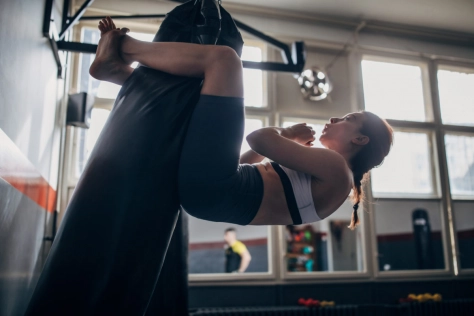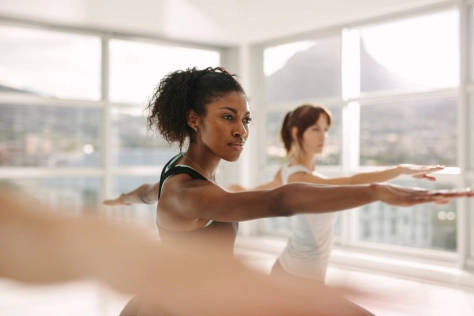
How to start working on developing your personal resilience?
In today's world, we have access to a myriad of information. Sometimes we literally get lost in it. That is why it is extremely important to be able to distinguish quality. Why? Because, as Aristotle said more than 2,000 years ago, "We become what we do repeatedly." So, knowing what to do is no longer enough. We have to start living by it. Aristotle called wise the man who knew how to live by his wisdom, the practical wisdom of phronesis.
So let me introduce you to some practical techniques to help us build resilience in both our personal and professional lives.
To better cope with stressful situations, it is necessary to be able to recognize the way we think about the stressful situations and how we interpret them. However, this is the more challenging part that we address in our longer-term resilience development programmes.
Nevertheless, in this article we would like to introduce two useful techniques that you can learn and use immediately.
Controlled breathing
Why is proper breathing so important? In a stressful situation, the body reacts by breathing more shallowly and quickly than it normally would. The consequence is less oxygen in the lungs and therefore less oxygen in the bloodstream. Under the influence of this negative change, the brain starts to produce more adrenaline. Shallow breathing thus directly affects our ability to react to "threatening" situations.
How to eliminate stress by breathing?
- Sit upright in your chair, with your hands resting comfortably on your thighs.
- Take a deep breath in through your nose so that you feel the movement of your abdomen. Slowly count to four as you inhale, focusing your attention on how your lungs are filling with oxygen.
- Exhale slowly through your nose while counting to four.
- Repeat this deep inhale and exhale for at least two minutes.
- Fully focus your mind on your breathing.
This breathing technique is the basis for almost all other resilience techniques. The main reason for this is that deep breathing can make us more present and thus easier to control our thoughts – we are in the now.
The second technique is positive visualization.
Positive visualization
Try to create a mental image in your mind that evokes well-being, peace and beauty. Let's try it with an image of you on the beach. You are lying on the beach relaxed, enjoying the sunshine and feeling very comfortable. The pleasant sound of the sea and the singing of the birds add to the atmosphere. You feel the pleasant warmth and smell your sunscreen. Try to engage as many of your senses as possible in this image.
- Begin by relaxing using controlled breathing.
- Close your eyes, surrender fully to your mental image, try to engage all your senses. Create an image, hear the sounds, be enticed by the smells.
- Get as much detail as possible. Your attention is fully focused on the details – what you see, what you hear, what you smell, what you touch. The more detailed you can paint this picture, the better.
- Once you have fully immersed in this image, say positive statements to yourself, e.g. "I feel calm. I feel at ease. I feel good. I feel the stress dropping off me and I feel relieved."
- Continue breathing in a controlled manner.
We can also use the visualization technique to train our mind. This is called mental training, where by visualizing how to handle even difficult situations, e.g. handling a business meeting with a demanding client or a presentation of a new project, we practise for a situation that matters to us in real life and we want to perform in the best possible manner.
This is exactly what top athletes do when they consistently visualize their race or match as part of their mental training. First, we must learn to be able to win the "game" in our minds, then we can do it in reality.
"The level of our resilience is determined by the way we think." Martin Seligman
We are very pleased to be able to guide you through these techniques in our Leadership & Resilience development programmes. Explore our offer, which we will be happy to tailor to your needs.










